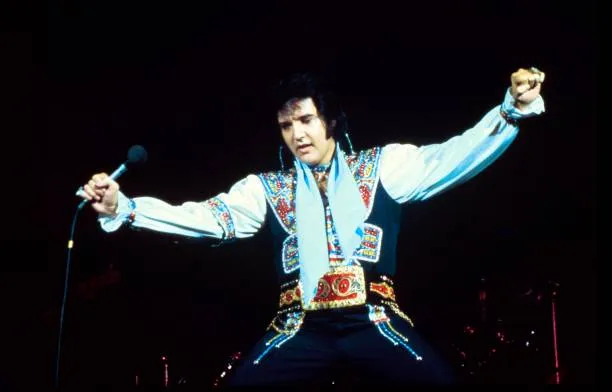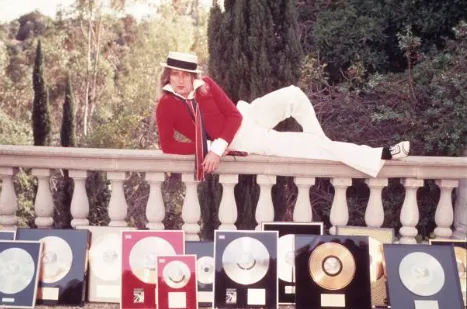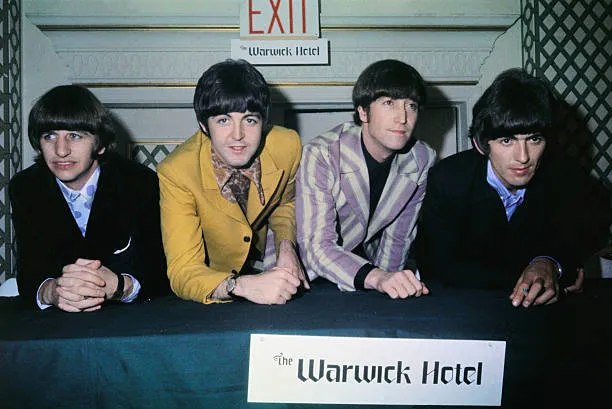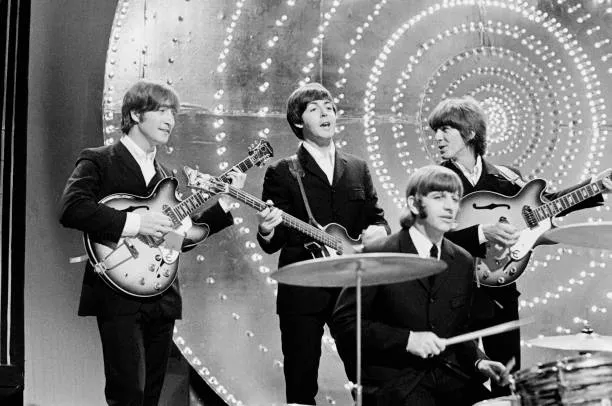The meeting of John Lennon and Yoko Ono in 1966 was a turning point not only in their personal lives but also in the history of popular culture. Their fateful encounter occurred at Ono’s art exhibit at the Indica Gallery in London. At the time, Lennon was one of the most famous people on the planet as a member of The Beatles, while Ono was a relatively unknown avant-garde artist from Japan. The meeting of these two individuals set off a chain of events that would change both of their lives and influence the direction of music, art, and social movements for decades to come.

In 1966, John Lennon was in a complex emotional state. Despite The Beatles' overwhelming success, he was searching for deeper meaning in his life. He was increasingly drawn to experimental art forms, philosophy, and spirituality. His marriage to Cynthia Lennon was strained, and he was feeling constrained by the expectations placed on him by his fame. At this point in his life, Lennon was ready for something new, and Yoko Ono’s art exhibition provided the catalyst for that change.
The Indica Gallery, a hotspot for the London avant-garde art scene, had a reputation for hosting unconventional exhibits. When Lennon visited Ono’s exhibit on November 9, 1966, he had no idea that this encounter would alter the course of his life. Ono’s art, much of it conceptual, encouraged interaction and participation. One of the most famous pieces from the exhibit was a ladder that led up to a magnifying glass. When Lennon climbed the ladder, he found a tiny word written on the ceiling: "Yes." In a world filled with negativity and doubt, the simple affirmation struck a chord with Lennon. He later described this moment as one of the things that drew him to Ono’s work.

Their initial interaction was characterized by mutual curiosity. Ono was not particularly familiar with The Beatles, and Lennon was intrigued by the depth and boldness of her work. She later admitted that she was wary of meeting Lennon at first, assuming he might be a superficial celebrity. However, as they engaged in conversation, they found a shared interest in art, philosophy, and social activism. The connection between them was instantaneous, though it would be another two years before they became romantically involved.
Ono’s art was highly conceptual, often challenging traditional notions of what art could be. Her works encouraged participation from the audience, blending humor, spirituality, and social commentary. Lennon, who had grown disillusioned with the commercial aspects of being a rock star, found in Ono a creative partner who challenged him and opened his mind to new possibilities. He saw in her a kindred spirit—someone who could help him transcend the limitations he felt as part of The Beatles.

The influence of Yoko Ono on Lennon’s life and career was profound. She not only became his romantic partner but also a collaborator in music and art. Their relationship sparked controversy, with many blaming Ono for the eventual breakup of The Beatles, though the truth was far more complex. Together, they produced experimental music, championed peace activism, and became one of the most visible couples in popular culture. Their joint projects, such as the Bed-Ins for Peace, became iconic moments of the late 1960s counterculture movement.

In retrospect, the meeting between John Lennon and Yoko Ono at the Indica Gallery was more than just a chance encounter—it was the beginning of a new chapter in both their lives. For Lennon, it was a step toward greater creative freedom and personal fulfillment. For Ono, it was an opportunity to bring her avant-garde art into the mainstream, with the support of one of the world’s most influential musicians. Together, they challenged social conventions, redefined artistic boundaries, and left an indelible mark on the worlds of music, art, and activism.



